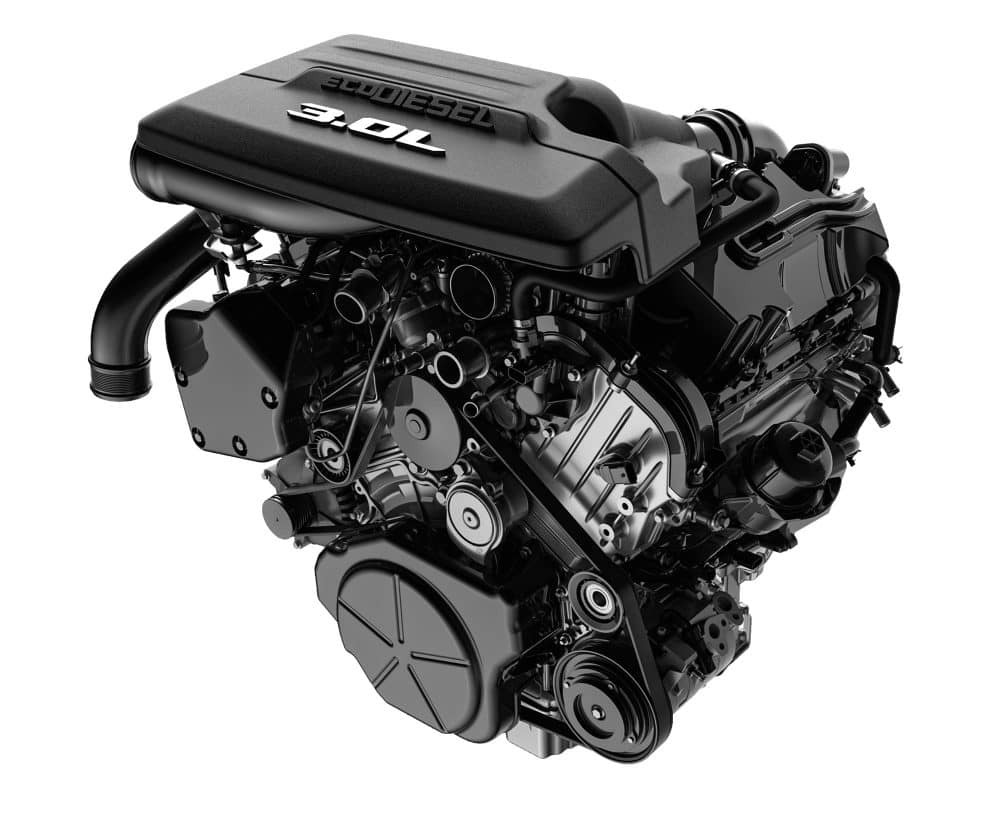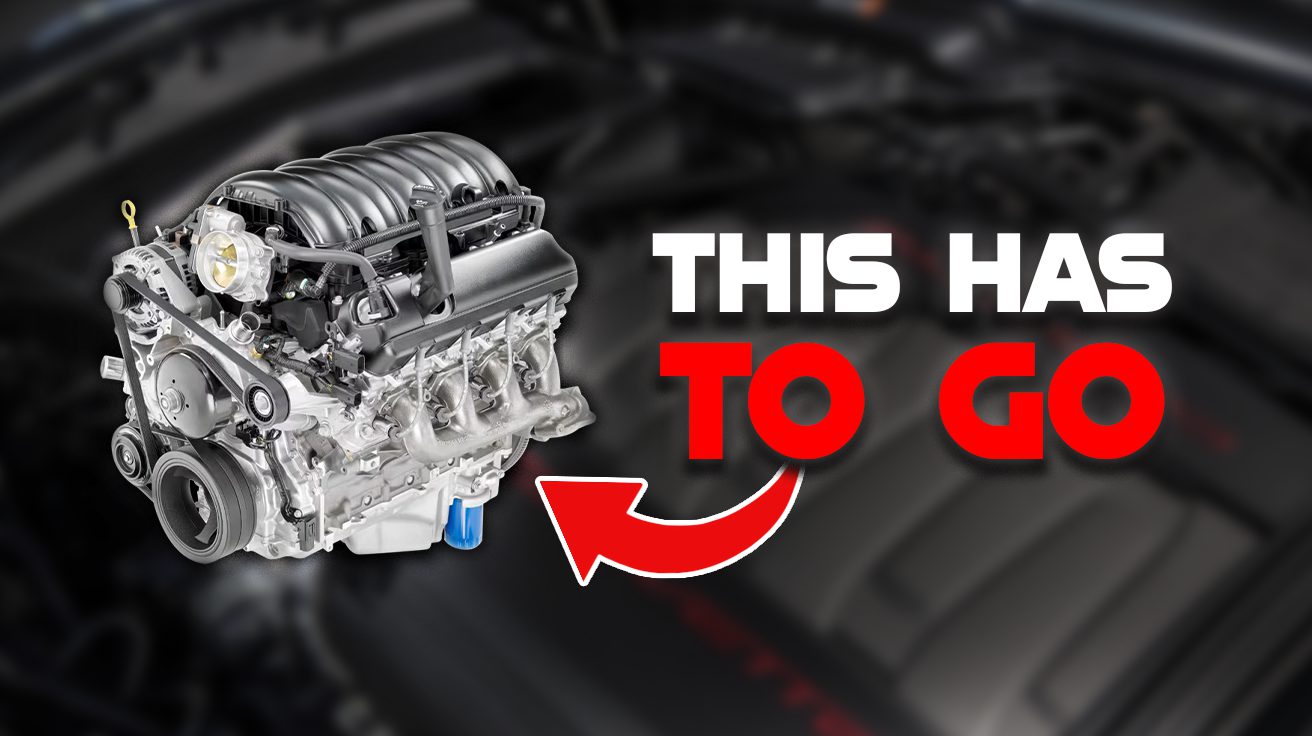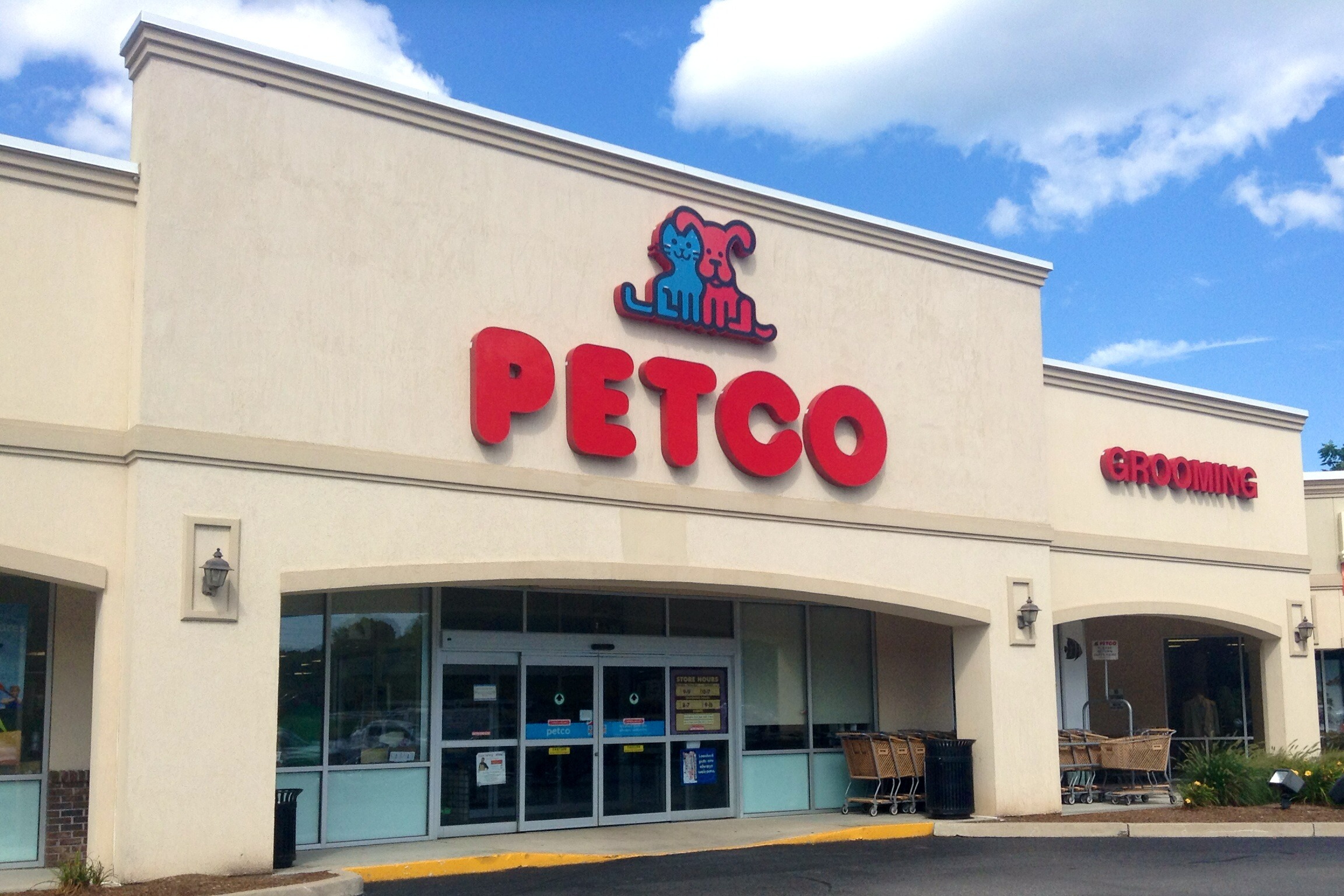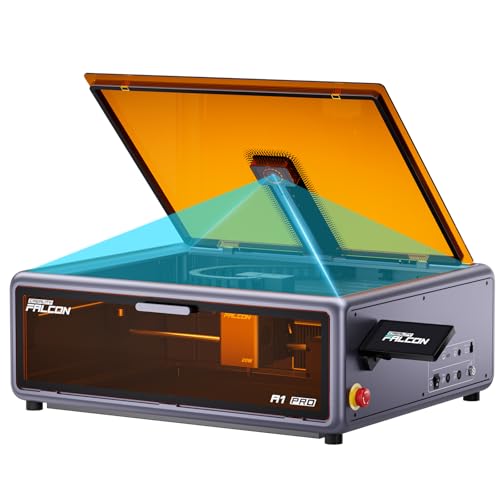Choosing the wrong truck engine is like marrying someone who’s already planning your divorce. While you dream of reliability, these mechanical nightmares plot financial ruin with precision, draining bank accounts faster than a teenager with your credit card and costing thousands annually per truck. The aftermath affects not just your wallet but productivity, leaving businesses scrambling.
This mechanical hall of shame exposes industry trouble spots, based on data from expert sources like Engine Builder, GM Authority, and The Drive. Each powerplant comes with its own blend of potential failures and design flaws that have frustrated countless owners.
17. Chevrolet 350 Diesel

General Motors attacked the 1970s fuel crisis with all the strategic brilliance of bringing a spork to a gunfight. Their Chevrolet 5.7L diesel V8, manufactured from 1978-1985, transformed drivers into unwitting mechanical support technicians. This engineering attempt at converting a gasoline engine to diesel operation resulted in numerous head gasket failures, cracked heads, and broken bolts. The design became infamous among mechanics and owners alike, rightfully earning its place among the worst truck engines ever built.
The absence of a water separator meant fuel systems were vulnerable to contamination and corrosion, with many requiring major repairs. Producing a modest 120 horsepower—barely enough to excite a modern washing machine—these engines struggled with diesel compression ratios. Driving one feels like watching paint dry, except the paint occasionally explodes and costs thousands to replace. Many owners discovered fuel savings evaporated with the first repair bill.
16. Dodge 2.2L Diesel

Mitsubishi’s contribution to Dodge’s lineup came in the form of a 2.2L diesel that limped into light-duty trucks between 1981-1995. With just 84 horsepower—roughly equivalent to 84 actual horses tied to your bumper—this mechanical sloth transformed basic work tasks into anxiety-inducing adventures. The engine struggled so desperately against physics that driving uphill required advance planning and a solid prayer.
Owners reported frequent head gasket issues, with repairs becoming a common expense during ownership. The engine developed a reputation for consuming oil with the enthusiasm of teenagers raiding a refrigerator, requiring additional quarts between changes in many trucks. Owners frequently found themselves stranded roadside, contemplating life choices while waiting for tow trucks during routine deliveries. The relationship between owners and their trucks resembled Stockholm syndrome—suffering punctuated by brief moments of functionality.
15. Cummins ISX

Money evaporated like morning dew whenever the Cummins ISX engine needed repairs. This 11.9L-15L inline-6 behemoth, produced from 2001-2016, promised heavy-duty performance but often delivered heavy-duty repair bills. Many early adopters found themselves funding major repairs before hitting 200,000 miles, a distance these engines should have conquered without breaking a sweat, given Cummins’ reputation for durability.
EGR system failures triggered overheating and cylinder head cracks that extracted thousands from owners’ wallets. Fuel injector problems added substantial repair bills, while turbocharger issues struck many engines with expensive consequences. Fleet operators reported maintenance costs climbing higher than competitor engines, transforming potentially profitable runs into costly operations. Service departments nationwide developed specialized ISX repair expertise to handle these engines’ common issues. Long-haul truckers often faced unexpected downtime during critical delivery schedules.
14. Caterpillar C7

Few engines have drained bank accounts more effectively than Caterpillar’s C7. This 7.2L inline-6, manufactured from 2003-2009, performed in ways that left many owners questioning their purchase decisions. The Hydraulic Electronic Unit Injector system became notorious for failures, extracting thousands per repair. Trucks equipped with these engines developed a reputation for unpredictability in some fleets.
EGR valve failures struck many units with the predictability of seasonal allergies, causing overheating episodes dramatic enough for immediate attention. Cracked cylinder heads affected a significant number of these engines, with repair bills that staggered owners. Fleet records from some operations showed C7-equipped trucks spending more time in repair shops than competitors. Caterpillar—a brand synonymous with bulldozers that can climb mountains—somehow engineered an engine that bulldozed some owners’ financial plans.
13. GMC 5.7L Diesel V8

When engineering goes wrong, it looks like GM’s response to 1970s fuel prices. Their 5.7L Diesel V8, produced from 1978-1985, began life as a gasoline engine before engineers performed a conversion process that stripped much of its reliability. The resulting creation featured cylinder heads that frequently cracked before 100,000 miles. The conversion process removed many qualities that made the original engine dependable.
Many units suffered from injection pump leaks, while the engine struggled to produce 120 horsepower. Repairs cost thousands in 1980s money. GM faced substantial warranty claims, a financial bloodletting that sent executives scrambling. The engine’s reputation speaks volumes—like a poorly reviewed Broadway show that somehow continues running despite audience protests. This diesel engine appeared across multiple GM brands during its production.
12. Ford 2.7L EcoBoost V6

Beneath the shiny promises lies a Ford engine with questionable reliability. Introduced in 2015 and still in production, this modern marvel of engineering has developed significant issues in a concerning number of engines before owners finish payments. Some owners report timing chains stretching before hitting 100,000 miles. The rattling chain sounds like pocket change in a dryer—except each clank costs dollars.
The plastic oil pan has been known to leak in various models, turning driveways into cleanup sites. Turbocharger failures affect a portion of these mechanical divas, extracting hefty repair bills. Prevention measures include premium fuel and oil changes every 5,000 miles, adding hundreds annually in maintenance costs. The “Eco” in EcoBoost sometimes refers more to your bank account after repairs than fuel efficiency. On the flip side, ongoing developments in innovations for pickup trucks show that some new features do make a difference—when they work as advertised.
11. Dodge 4.7L V8

Weather forecasts offer more reliability than Dodge’s 4.7L V8. Manufactured from 1999-2013, this engine developed a reputation for overheating issues that sometimes led to head gasket failures. The engine had a tendency to accumulate oil sludge when maintenance was neglected, potentially shortening engine lifespan. Oil passages could become restricted when service intervals were extended too far.
These mechanical gremlins came packaged with towing capability that some owners found underwhelming compared to expectations. Preventative maintenance demanded regular oil changes using premium lubricant, adding hundreds annually to operating costs. Fleet maintenance records from some operators showed these engines requiring more upkeep throughout their lives than competitors. Owners often developed close relationships with their mechanics, celebrating holidays together while discussing the engine’s next potential issue.
10. Nissan 5.0L Cummins V8

The shortest chapter in Nissan’s truck history was written by the Cummins-powered Titan XD. Their 5.0L turbo-diesel V8, carried by the Titan XD from 2016-2019, arrived with marketing promises that aged like milk in summer heat. Numerous owners reported turbocharger failures, extracting substantial repair bills faster than a Vegas slot machine. Purchasing this engine was essentially gambling with uncertain odds.
Fuel system problems plagued a significant portion of engines with the persistence of subscription renewal emails, creating expensive repair nightmares. The cooling system design caused overheating issues in some trucks. Nissan cut their losses after just three years of production. The combination of American diesel with Japanese truck design produced a mechanical odd couple—technically functional but painfully awkward in practice. Dealer service departments often struggled with the specialized knowledge required to properly diagnose and repair these complex powerplants.
9. 6.0L Power Stroke

Financial advisors and therapists should be standard equipment with Ford’s 6.0L Power Stroke. Installed in Super Duty trucks from 2003-2007, this mechanical nightmare created significant debt for many owners. Head gasket failures were a common issue before 150,000 miles due to torque-to-yield head bolts that stretched more than truth in dating profiles, demanding expensive repair bills. Repair shops could almost schedule their business around these failures.
EGR system problems affected a considerable number of engines with the inevitability of smartphone updates, while injector and turbocharger issues extracted thousands more from shell-shocked owners. Fleet data indicated these engines often cost more to maintain than competitors. Owners frequently invested in “bulletproofing” these mechanical liabilities, essentially paying ransom to prevent future failures. The aftermarket industry built thriving businesses fixing these engines.
8. Ram 3.0L EcoDiesel V6

Broken dreams and empty wallets define the Ram EcoDiesel legacy. Manufactured from 2014-2023, this engine initially seduced buyers with impressive 29 MPG highway numbers, but soon revealed itself as the mechanical equivalent of a catfish dating profile. Timing chain problems emerged in numerous engines before reaching 100,000 miles, extracting costly repair bills from betrayed owners. The failing chain sounds like quarters thrown into a garbage disposal.
EGR cooler failures struck a significant number of trucks with the randomness of trending topics, adding to maintenance expenses. Oil consumption affected many engines, which devoured lubricant like teenagers emptying refrigerators. Emissions software updates impacted the advertised fuel economy, erasing some of the diesel advantage faster than streaming services remove your favorite shows. The “Eco” naming proved ironic for many—ecologically friendly on paper, but economically challenging for some owners.
7. First Generation 3.5L EcoBoost

From internet dating profiles to the 3.5L EcoBoost, expectations rarely align with reality. Launched in 2011, this twin-turbo V6 initially impressed with muscular V8 power from a smaller package, then quickly began collecting carbon deposits like teenagers accumulate social media accounts. Many engines developed intake valve buildup by 100,000 miles that required expensive cleaning procedures. The carbon buildup created deposits resembling geological formations with distinct layers.
Some owners experienced premature turbocharger failures, extracting thousands from wallets with the efficiency of digital subscription services. Cleaning carbon deposits requires dismantling intake components in labor-intensive procedures. Prevention typically involves premium fuel, regular oil changes, and throttle body cleanings—adding hundreds annually in maintenance costs. Ford created an engine that became a steady source of income for repair shops nationwide.
6. Ford Power Stroke 6.4L Diesel Engine

Purchasing a 6.4L Power Stroke ranks alongside investing in Blockbuster stock in 2010. Made from 2008-2010, this mechanical challenge features fuel dilution that contaminates engine oil in many units. These trucks often struggle to achieve the fuel economy advertised, a gap like dating profile photos versus morning reality. Some owner groups formed specifically to discuss their collective disappointment.
Diesel particulate filters clog in a significant portion of these trucks, extracting thousands with the regularity of streaming price increases. The dual turbo system has failed prematurely in numerous engines before 150,000 miles, requiring costly replacements. Fleet records indicate many of these trucks required multiple major repairs before 100,000 miles. The maintenance schedule resembles a horror movie plot—predictable pain at regular intervals with increasingly expensive consequences.
5. Ford 5.4L 3v Triton V8

Medical bills seem reasonable compared to Ford Triton maintenance costs. Made from 2004 to 2010, this mechanical nightmare transforms simple spark plug changes into expensive extraction procedures resembling archaeological digs. A significant number of owners discovered their engines had developed an unhealthy attachment to ignition components. Mechanics developed specialized tools specifically for removing these broken plugs.
Timing chain rattles plagued many of these engines with the persistence of notifications on an unattended phone, demanding costly repairs. Cam phaser problems affected numerous trucks, creating idle patterns that mimic dubstep bass drops while extracting thousands more from owners. These combined issues generated substantial warranty claims for Ford, enough to fund several Hollywood blockbusters, which would still be less dramatic than actual owner experiences.
4. Ford Triton Series

Accountants tremble at the mention of Ford’s Triton engine family. These V8s, producing 195 to 550 horsepower depending on configuration, have developed a reputation for oil sludge accumulation when maintenance is neglected. A concerning number of engines develop deposits that would make archaeologists reach for brushes. Oil passages can become so restricted that lubricant moves through them like rush hour traffic.
Exhaust manifold studs breaking has been a common complaint among owners, adding hundreds to repair costs. Spark plug issues plague many engines before 100,000 miles, while some high-mileage examples require complete replacement. Fleet records from certain operations show these engines costing more to maintain than competitors. Extended warranty claims data suggests they require major repairs more frequently than some rival engines, creating financial surprises for unprepared owners.
3. EcoDiesel

Seventy-five years of heritage couldn’t save VM Motori’s reputation. The EcoDiesel engine developed for FCA vehicles saw timing chains become a notable issue in some engines before 100,000 miles, extracting thousands from owners who expected reliability but received disappointment. A small percentage of engines reportedly left factories with internal contamination, like restaurants delivering food with unexpected ingredients. Manufacturing inconsistencies created headaches for certain owners.
Oil cooler and EGR failures struck a portion of trucks with the timing of inconvenient updates, adding to maintenance expenses. Emissions software modifications impacted fuel economy in many vehicles, affecting the diesel advantage that initially attracted buyers. Prevention typically includes regular oil analysis. Fleet operators report these engines sometimes cost more to maintain than gasoline alternatives, potentially undermining the financial case for choosing diesel in light-duty applications.
2. GM’s V8 Engines

Engineering brilliance met spectacular failure when GM introduced Active Fuel Management. These otherwise reliable powerplants feature cylinder deactivation systems introduced in the mid-2000s that sometimes malfunction unexpectedly. Control valve failures in these systems have been reported by many owners, causing lifter damage that transforms smooth V8 rumbles into concerning mechanical percussion. The noise resembles a marching band using random engine parts as instruments.
Internal component issues create costly repair bills for some unfortunate owners. Unlike conventional designs, fixing these engines often requires significant disassembly, including cylinder head removal in severe cases. Mechanics report that a concerning number eventually need this invasive surgery. Aftermarket companies offer kits to disable the system—essentially charging owners to remove the feature GM heavily marketed as a fuel-saving innovation.
1. Nissan Titan

Competing in the American truck market proved harder than Nissan anticipated. Their Titan XD, offered with a 5.0L Cummins diesel from 2016-2019, struggled to find its place in the demanding pickup landscape. Nissan’s push into this market resembled bringing a plastic spoon to a knife fight. Turbocharger issues emerged in a number of diesel models before hitting high mileage, creating significant repair expenses that could fund a vacation.
DPF and DEF system problems affected several trucks with the persistence of robocalls, while fuel pump failures plagued others. Regeneration cycles impacted real-world fuel economy compared to advertised figures. Maintenance records from some fleets indicated these diesels required more upkeep than American competitors. Many owners learned valuable lessons about the challenges of first-generation diesel platforms from manufacturers with limited heavy-duty truck experience.




























